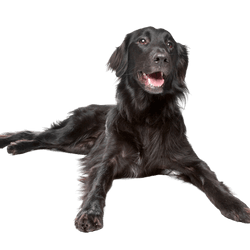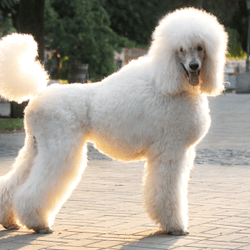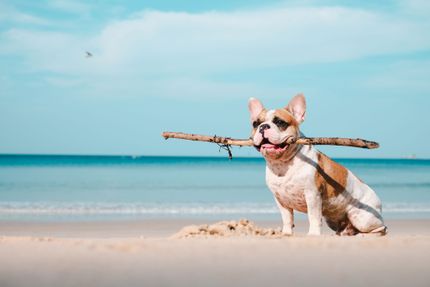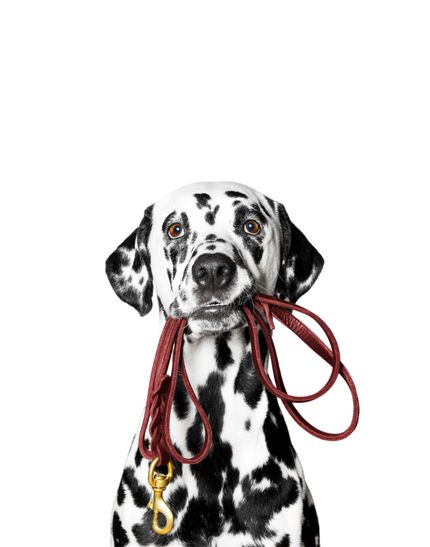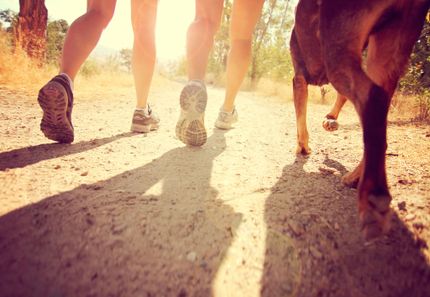
Flatdoodle:Flat Coated Retriever and Poodle Mix
Flatdoodle
Facts & Origin
What is the origin of the Flatdoodle?
The Flatdoodle is not recognised by the international dog association FCI as an independent breed, but a so-called hybrid dog. Maybe you are wondering what the difference between a mixed breed and a hybrid breed is? Very simple, a mixed breed happens as a result of mostly random mating, in a hybrid dog the parents are chosen consciously. Mother or father to a Flatdoodle puppy is the poodle. This breed, which has been known in Western Europe for about 400 years, once accompanied its owners during the hunt for ducks. They also owe their name to their passion for the wet element. It is derived from the Old High German word "Pudeln", which means something like splashing in water. But the animals with curly hair are also known for their intelligence: For centuries they accompanied circus people and delighted the audience with their performances. The first breed standard was established in 1889. The second breed that defines the Flatdoodle is the Flat Coated Retriever. This breed is also a former hunting dog, who once tracked down pheasants, hares and ducks. The breed was recognised by the FCI in 1954 and in recent years the Flatdoodle breed has been developed with the aim of combining the best features of both breeds in one animal.
What are the breed characteristics of the Flatdoodle?
In most cases Flatdoodle puppies grow to be a medium sized dog. The animals are easier to care for than purebred poodles and have also inherited the uncomplicated nature of both breeds which makes them easy to train. Their "will to please", i.e. their motivation to please you as their owner, makes them the ideal companion. As with all dogs, you should place value on consistent training from a very young age. As long as the basic commands are in place and the animal has been accustomed to be led on a leash, you can also take them with you when traveling and in restaurants.
| Alternate Name | - |
| Origin | UK - Germany |
| Life expectancy | 10 - 14 years |
| Care requirements | low-maintenance - high-maintenance |
| Activity level | average - high |
| FCI group | not recognised |
| AKC group | not recognised |
| KC group | not recognised |
More Poodle mixes
Attitude, character and temperament of the breed
What are the typical character traits of the Flatdoodle?
You should only buy a Flatdoodle if you are a fan of an active lifestyle. After all, the animals need daily exercise and a varied leisure program. They will gladly accompany you on walks or - appropriate fitness level provided - on bike rides. If the character of the poodle prevails, the hunting instinct of your four-legged friend is easy to control. The Flat Coated Retriever, on the other hand, is a passionate hunter, who you should only let off the leash in areas where there is no game to hunt. No matter whether it is flyball, agility or mass sports, the Flatdoodle can show their full potential on the dog sports field. Both the poodle and the Flat Coated Retriever are good-natured animals, so your Flatdoodle won't have a problem getting along with other dogs. What both have in common is the intimate relationship they strive to have with their owner.
In addition, Flatdoodles are very fond of children and feel very comfortable living with families. You can easily teach them all kinds of tricks since they pick up on things quickly. If you want to make your dog especially happy, take it to dog-friendly lakes more often. The passionate swimmer will thank you for it.
Character
Usage

Health and breeding information
What are typical diseases of a Flatdoodle?
Both the Flat Coated Retriever and the poodle show breed typical diseases, including
- elbow dysplasia
- hip joint dysplasia
- The poodle in particular is prone to eye diseases such as progressive retina atrophy or cataracts
What should be considered regarding Flatdoodle breeding?
As with all hybrid dogs, it is not certain what a Flatdoodle puppy will look like. You will get an impression of this when the breeder shows you both parent animals. In any case, make sure that the dogs make a well-groomed impression and are kept in a species-appropriate manner.

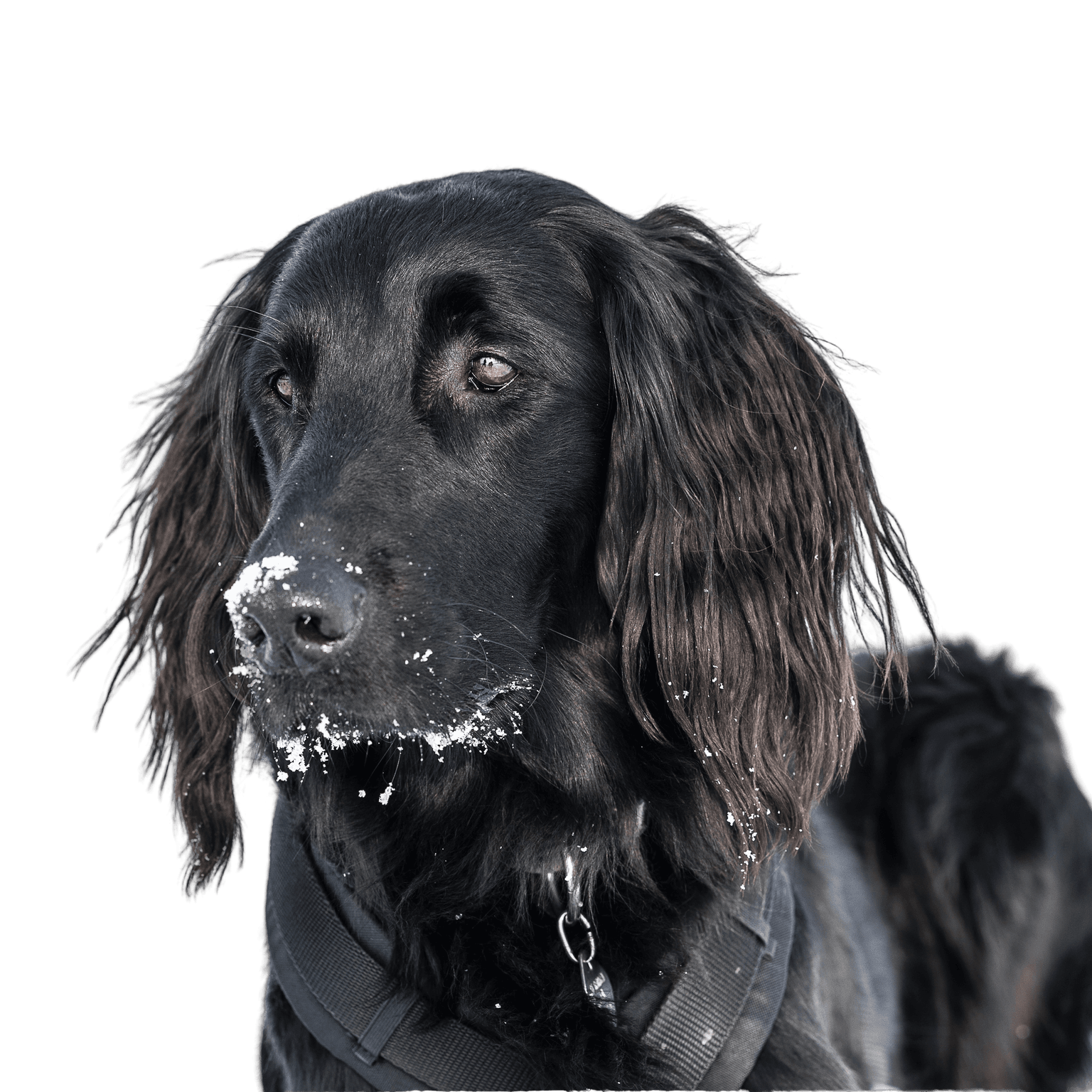
Appearance and coat of the Flatdoodle
If you suffer from allergies, the Flatdoodle could be just the right pet for you. They usually inherit the typical coat of the poodle, just not as curled as dense. If the poodle comes through more, they do not shed a lot of hair. In this breed the coat grows back like human hair. Therefore you have to regularly take them to the dog salon to be shorn. However, with a little practice you can also groom them by yourself. The Flatdoodle breed can have many different colours: They are the same possibilities as in the Flatcoated Retriever
- black or
- liver brown,
- but also silver or
- blue and
- beige are possible.
Usually the coat is a mixture of the slightly wavy, long coat of the flat coated retriever and the curls of the poodle.
What is the average size of a Flatdoodle?
A Flatdoodle grows to a height of 38 to 58 centimetres.
How much does a Flatdoodle weigh?
A Flatdoodle will weigh 22 to 35 kilograms.
What is the life expectancy of a Flatdoodle?
Since poodles live to be 15 years old and Flat Coated Retrievers live to about 12 years, the average life expectancy of a Flatdoodle is 12 to 15 years.
| Fur length | medium |
| Fur | flat coated - curly |
| Ear shape | Floppy Ear |
| Tail | fanned out - lang |
| Anatomy | slim, sporty |
| Size ♀ | 56 - 60 cm |
| Weight ♀ | 22 - 35 kg |
| Size ♂ | 56 - 60 cm |
| Weight ♂ | 22 - 35 kg |
| Suitable For | suitable for allergy sufferers |
Colors
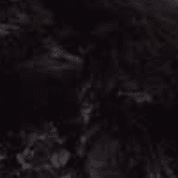
Known Diseases
Elbow dysplasia (ED)
Elbow joint dysplasia is a chronic disease complex of the elbow joint of fast growing dog breeds.
Hip dysplasia (HD)
The hip dysplasia or hip joint dysplasia of the dog (HD) is a maldevelopment of the hip joint.
Cataract
Cataracts are still one of the most common causes of blindness, even in dogs.
Progressive Retinal Atrophy (PRA)
Progressive retinal atrophy (PRA) is a slowly progressive death of the retina in dogs.
Useful Articles

You can find articles that might interest you in the dogbible blog to match your favorite breed.
Visit our magazineto stay up to date on dog trends.
To find out more, view our Privacy Policy
Find here the breed that suits you and find out what character traits it has. Here you can also learn more about the origin, size and weight of your favorite breeds.
Matching your favorite breed, you'll find articles that might interest you on the dogbible dog blog.
Hip joint and elbow dysplasia in dogs
Dogs at the wedding - here's how you can incorporate your favorite one
Respiratory diseases in dogs - bronchitis and co recognize and combat
PRA (Progessive Retinal Atrophy) in dogs - what you need to know about it
